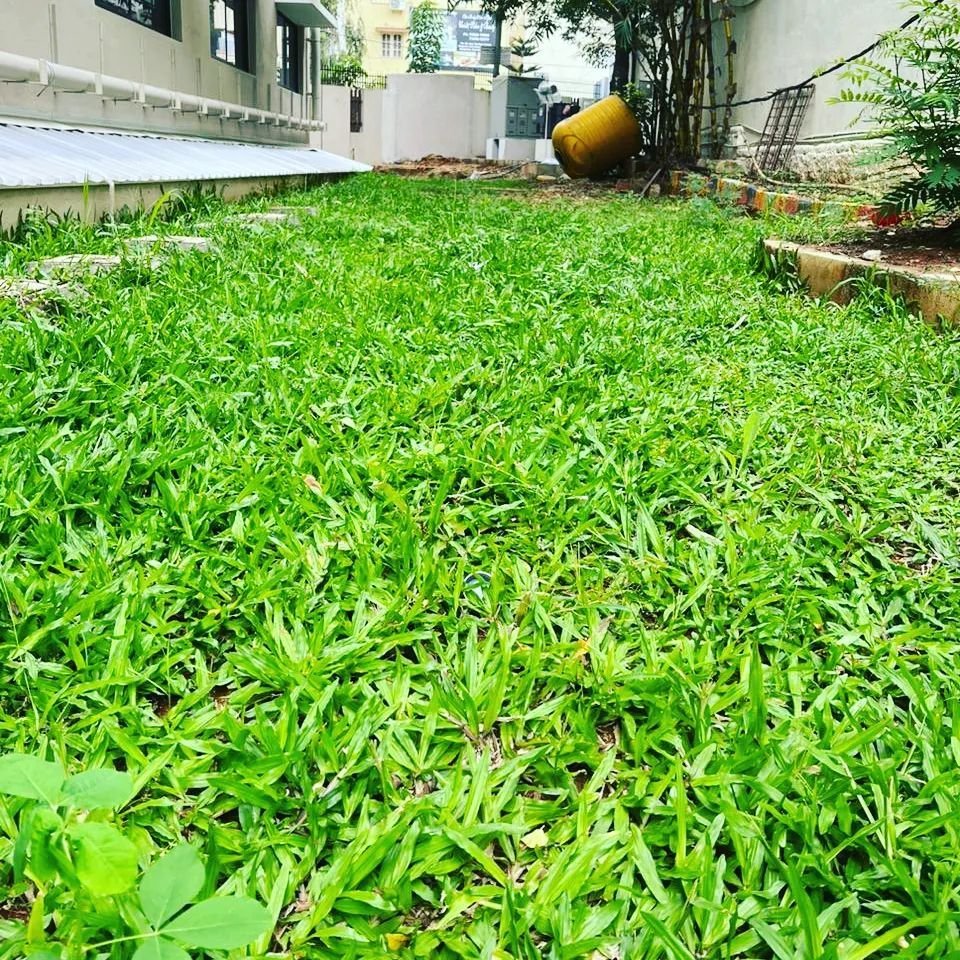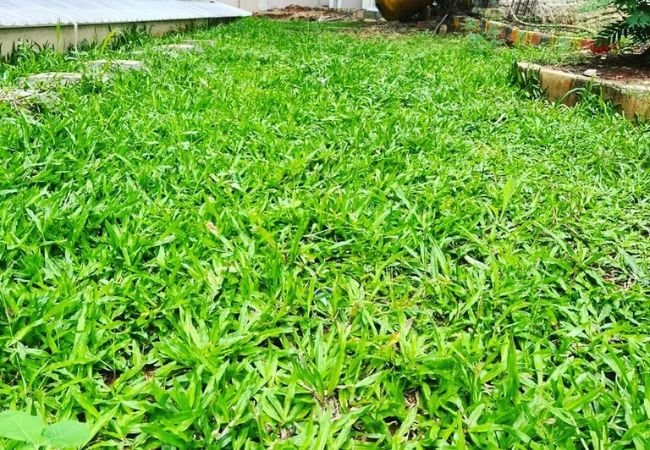Achieve a lush, low-maintenance lawn with buffalo grass. This comprehensive guide covers everything you need to know about planting, watering, mowing, fertilizing and troubleshooting common issues for a healthy, sustainable buffalo grass lawn.
Buffalo grass is an excellent choice for eco-friendly, drought-tolerant lawns across the southern and central United States. This warm-season prairie grass has low water, fertilizer and maintenance needs compared to traditional turfgrasses. Once established, its dense, carpet-like growth and grayish-green color create an attractive, low-input lawn.
Buffalo grass spreads via sturdy stolons (above-ground runners) and does best when planted from sod, plugs or seedlings rather than seeds. It requires well-drained soil but can tolerate a wide range from sandy to clay-based.
For new lawns, have your soil tested and amend it based on the recommendations. Spring and early summer are the optimal times for planting buffalo grass in most regions. Water the new sod, plugs or sprigs frequently until the grass takes root.
Watering

One of the biggest advantages of buffalo grass is its exceptional drought tolerance. Once firmly rooted, it requires little supplemental watering beyond normal rainfall, needing just 1/4 to 1/2 inch per week during dry spells.
Water deeply but infrequently to promote deep root growth. Avoid frequent, shallow watering which can lead to thatch buildup and weed issues. And adjust your watering schedule with seasonal rainfall to prevent over-watering.
In extreme drought, buffalo grass will go dormant, turning brown until conditions improve and the rains return. It comes back quickly once watered again, with no permanent damage.
Mowing
Proper mowing is one of the keys to thick, healthy buffalo grass. Use a mulching mower set to cut no lower than 3-4 inches high. Cutting shorter can severely stress or kill the lawn. Buffalo grass has naturally fine leaf blades and lower mowing heights aren’t necessary.
Mow regularly, removing no more than 1/3 of the leaf blade at a time. Leave clippings on the lawn – they’ll decompose quickly and return nutrients to the soil. Mowing every 2-3 weeks is typical during active growth periods.
Core aeration annually helps reduce thatch buildup and soil compaction, allowing nutrients, water and air to reach the roots.
Fertilization
Buffalo grass has very low fertilizer needs compared to other turfgrasses. A single application of a balanced lawn fertilizer in late spring or early summer is usually sufficient for established lawns.
Over-fertilizing promotes excessive top growth and increases mowing, weeding and watering needs. Stick to the recommended rates on the fertilizer bag. Compost, manure or organic fertilizers are ideal options.
Iron supplements can help mask temporary yellowing if needed but aren’t required for good growth. A soil test can determine if there are any nutrient deficits to correct.
Weed & Pest Control
Due to its dense growth pattern, healthy buffalo grass naturally outcompetes most weeds. Proper mowing, watering and fertilization practices help keep it thick and minimize weed invasion.
If broadleaf weeds appear, spot treat with a selective herbicide or use corn gluten meal as an organic pre-emergent in spring. Avoid applying weed & feed products or complete herbicides which can damage the buffalo grass.
Insect pests like grubs, sod webworms or chinch bugs can cause damage, but are typically less problematic on buffalo than other grasses. Look for irregular brown patches and treat quickly with an appropriate insecticide if needed.
As a warm-season grass, buffalo lawns will turn brown after the first hard frost but greens up again by late spring. Leaving clippings over winter helps insulate the crown for faster green-up.
Going Dormant
One of the big benefits of buffalo grass is its ability to naturally go dormant (brown and cease growing) during cold winters or extended droughts. This self-preservation allows the grass to survive harsh conditions that kill less hardy turfgrass species.
To allow dormancy, do not apply fertilizers or excessive water in the weeks leading up to the first hard freeze. Let the lawn gradually shut down for the winter.
In spring, it will naturally green up again without overseeding or heavy dethatching needed. Just resume proper mowing and water if rainfall is inadequate.
Buffalo grass is ideal for lower-maintenance, eco-conscious landscapes. With simple yet consistent care, you can cultivate a healthy, sustainable lawn well-adapted to your climate. Its hardiness and self-reliance reduce inputs while providing an attractive outdoor space.








Leave a Reply